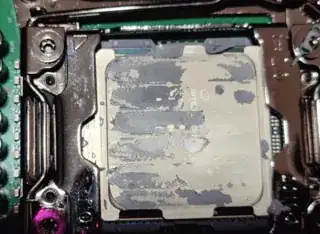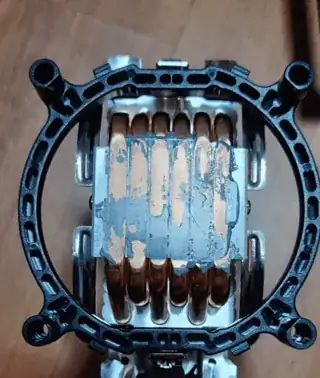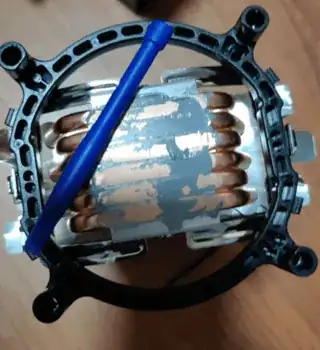I recently picked up some PTM7950, and its an unusual thermal solution compared to most I've tried. Its a thermal pad that melts at the higher end of room temperature (~45 degrees). I'm in the middle of a PC build where my cooler got post in the post. I have ordered an alternative, but if my cooler does turn up later, I might choose to switch so I'm deciding between going with traditional heat sink paste (which a known quanitity) or the PTM, which in my testing, is much easier to do an install of and apparently works very well.
It has some interesting characteristics - I store mine in the fridge and its roughly got the flexibility and general characteristics of unchewed chewing gum. It comes sandwiched in plastic and I tried applying it on a 10G NIC and when I removed one side and rubbed it, it neatly stuck on to just the chip. It melts when warmed and is solid when cold.
Assuming I need to remove it - its neither a thermal pad, nor a traditional heat sink paste. It'll apparently peel off when cold, scrape off when hot but... I don't have any documentation on whether its soluble in isopropyl or what I should use for surface prep if I decide to remove it.
How should I remove PTM7950 from an existing install of it?


